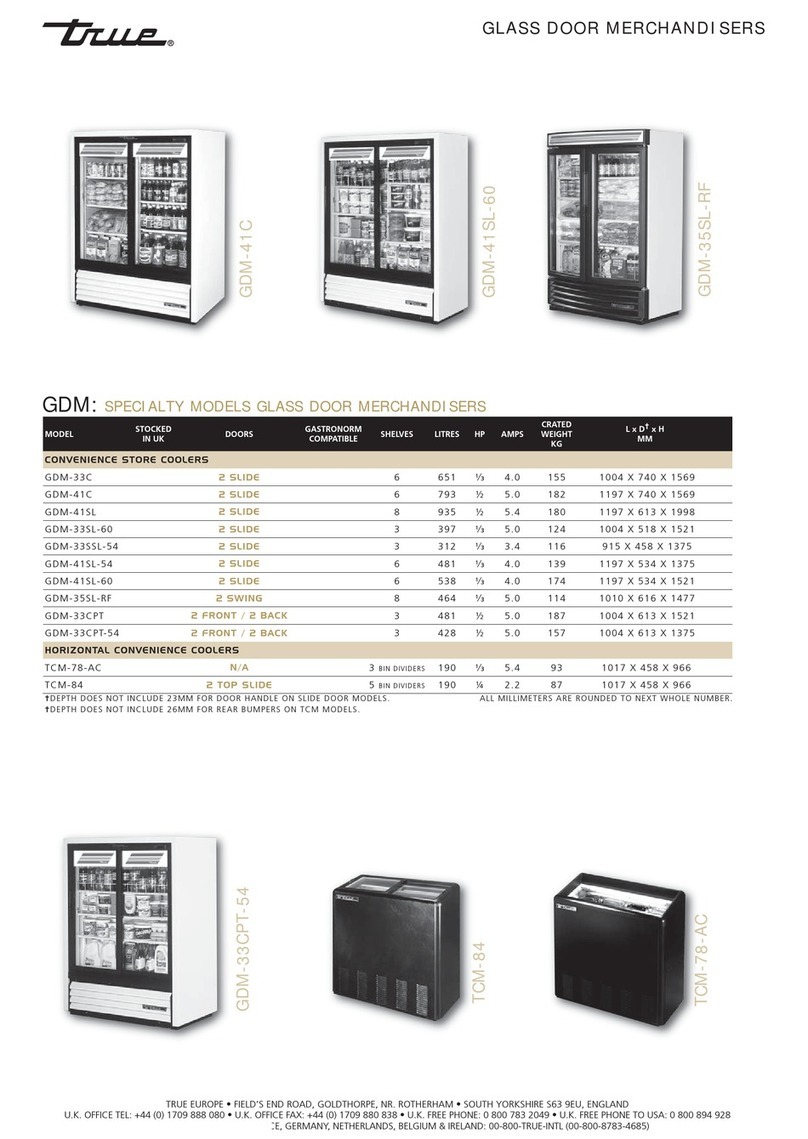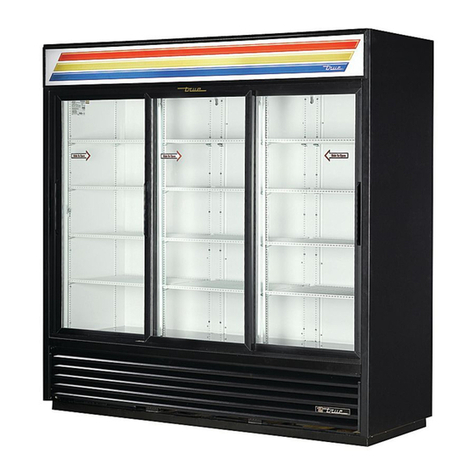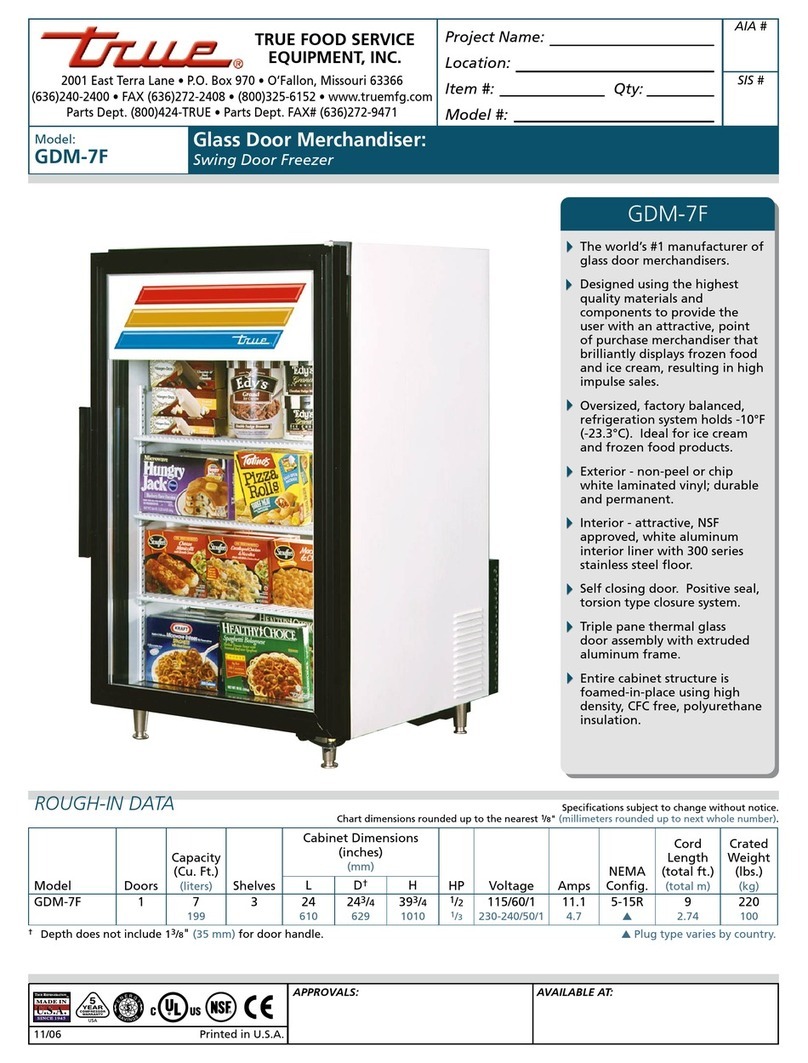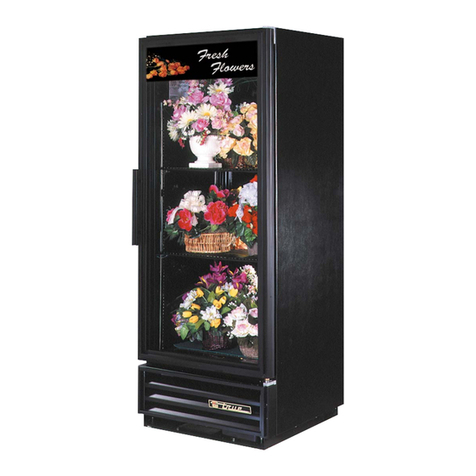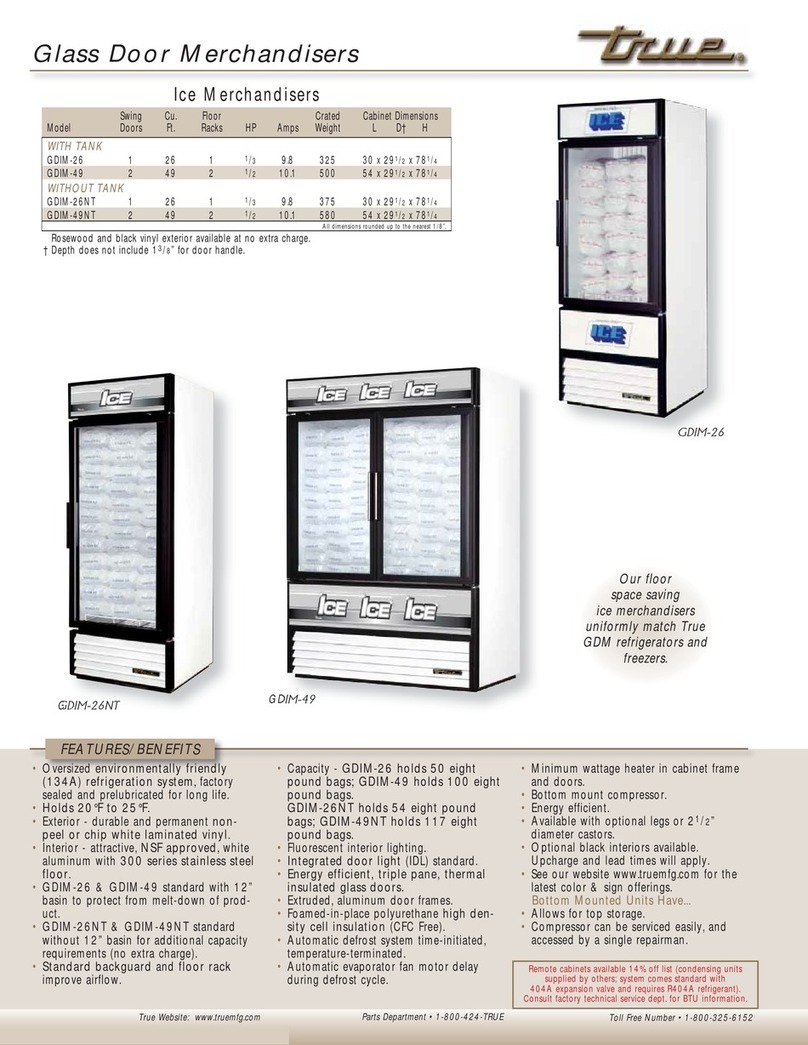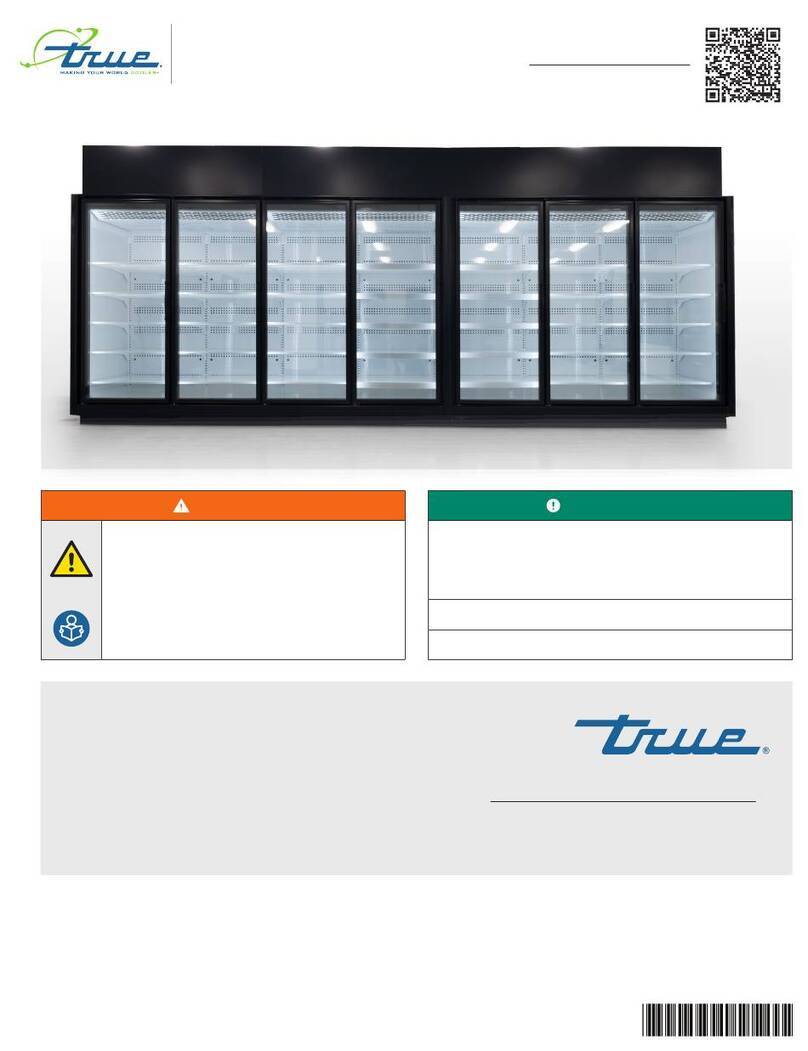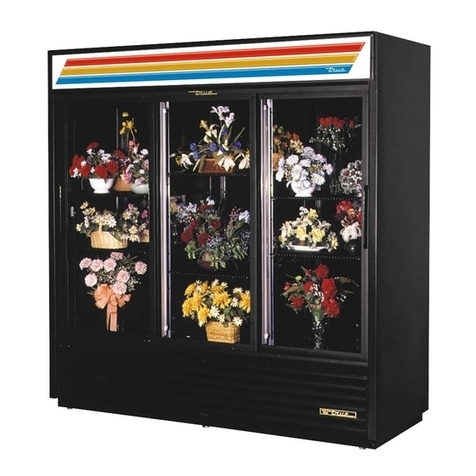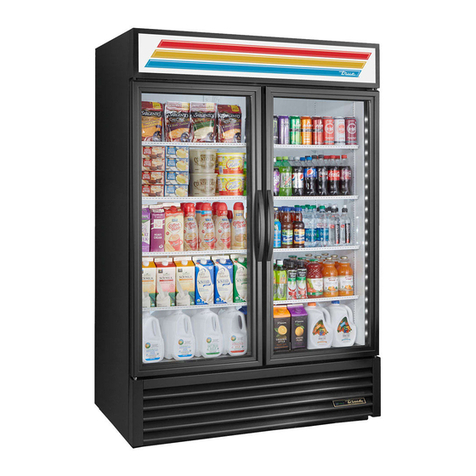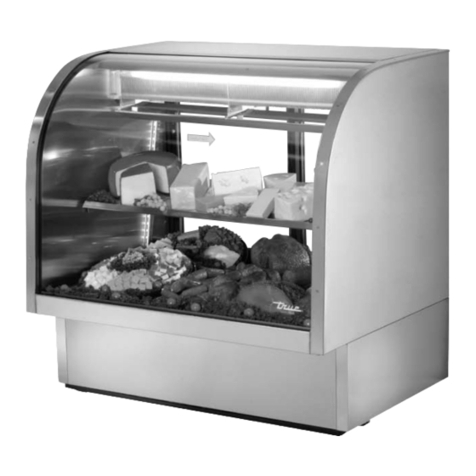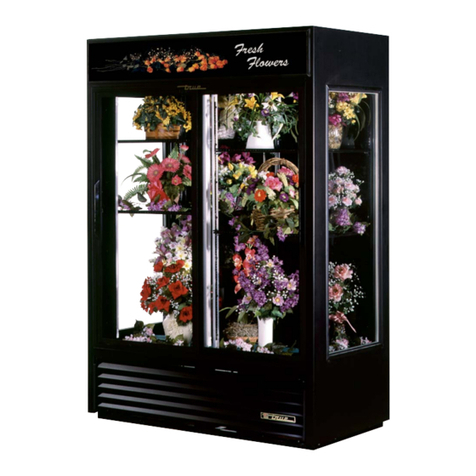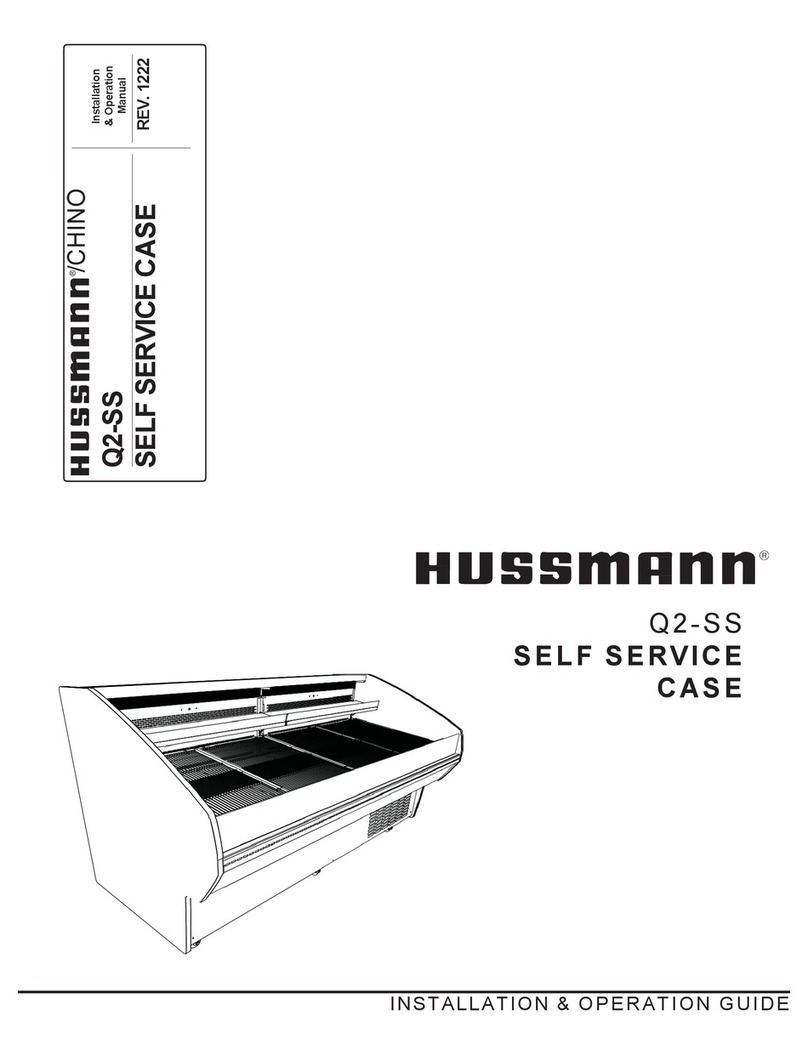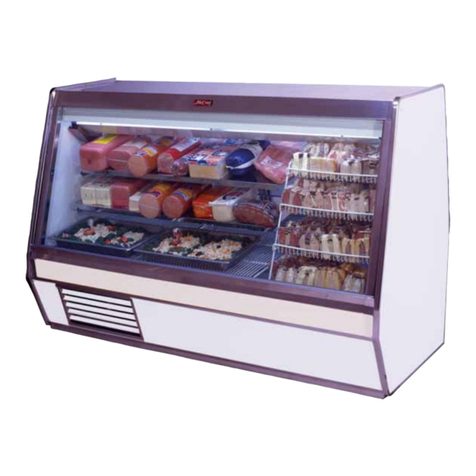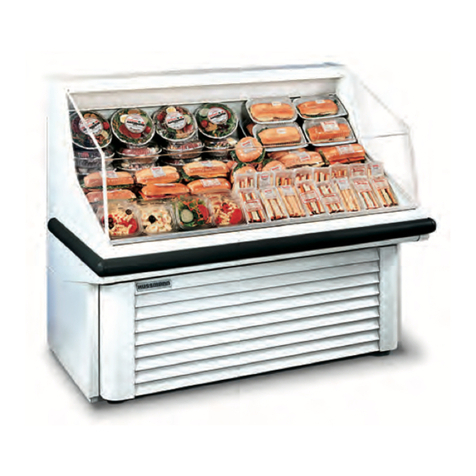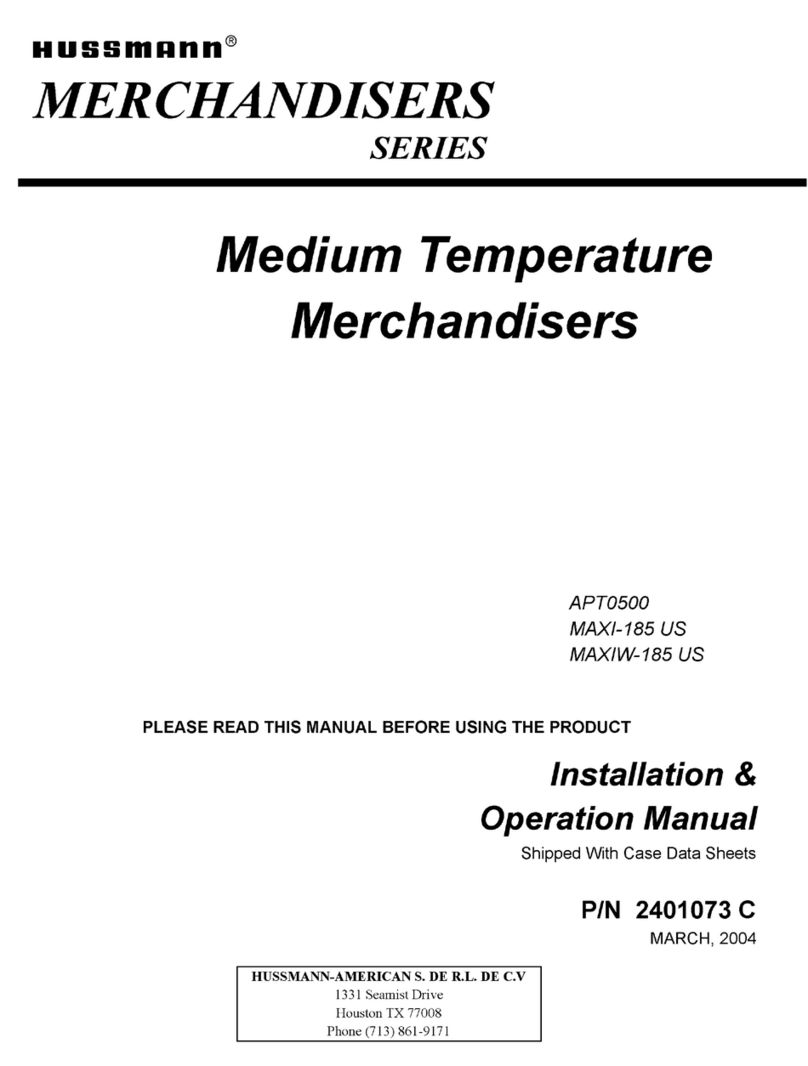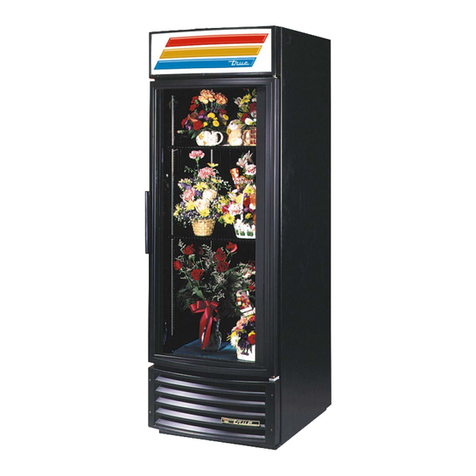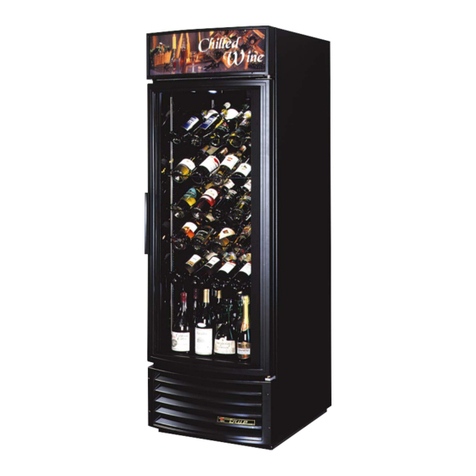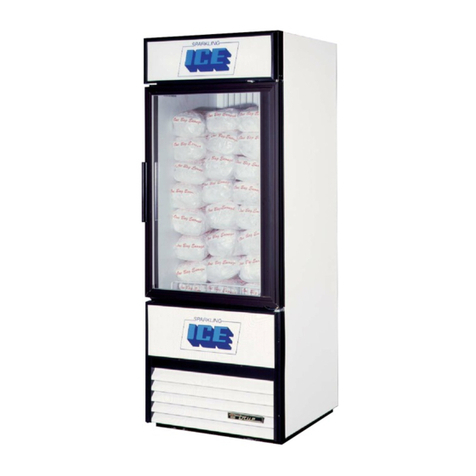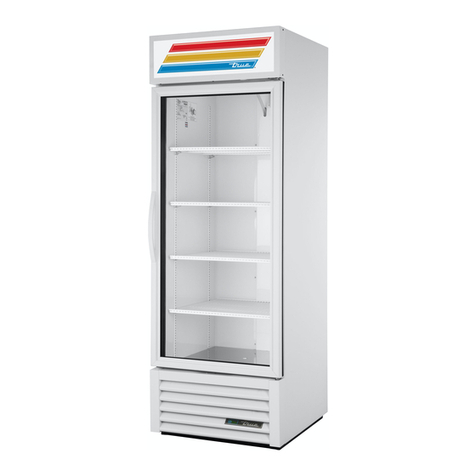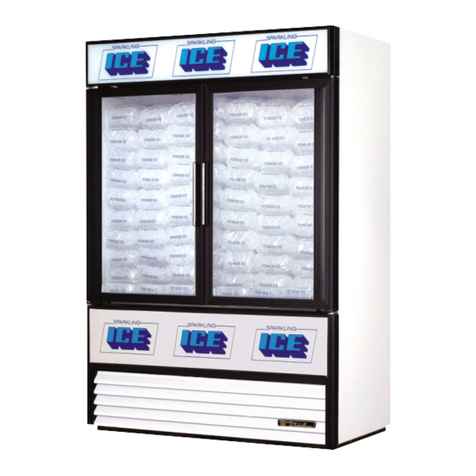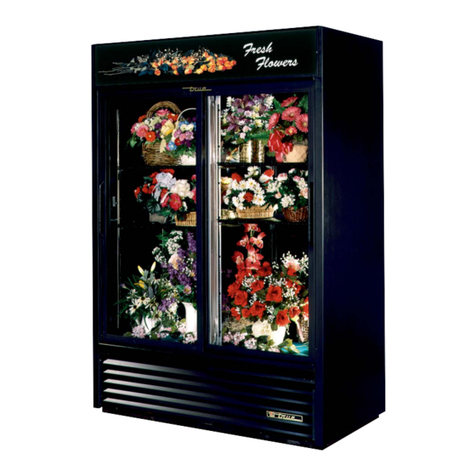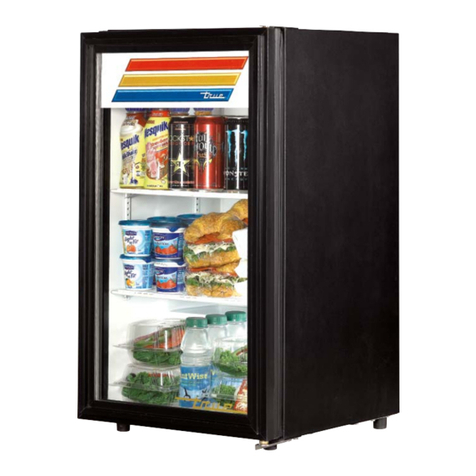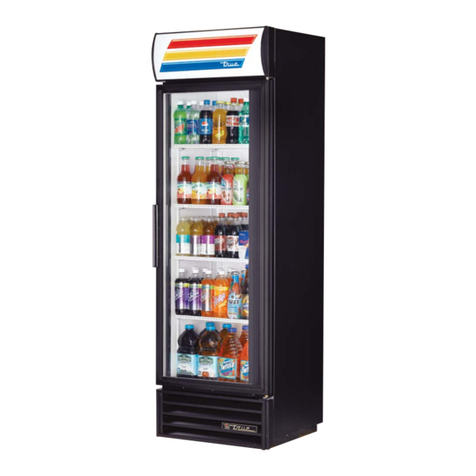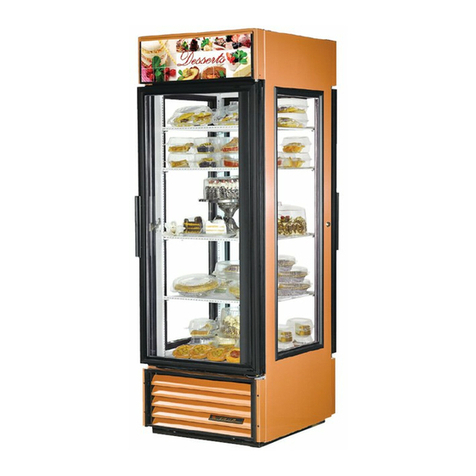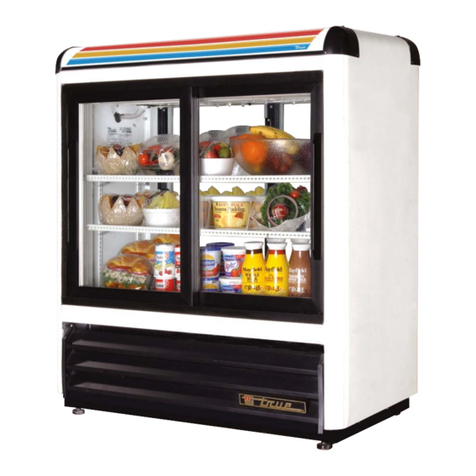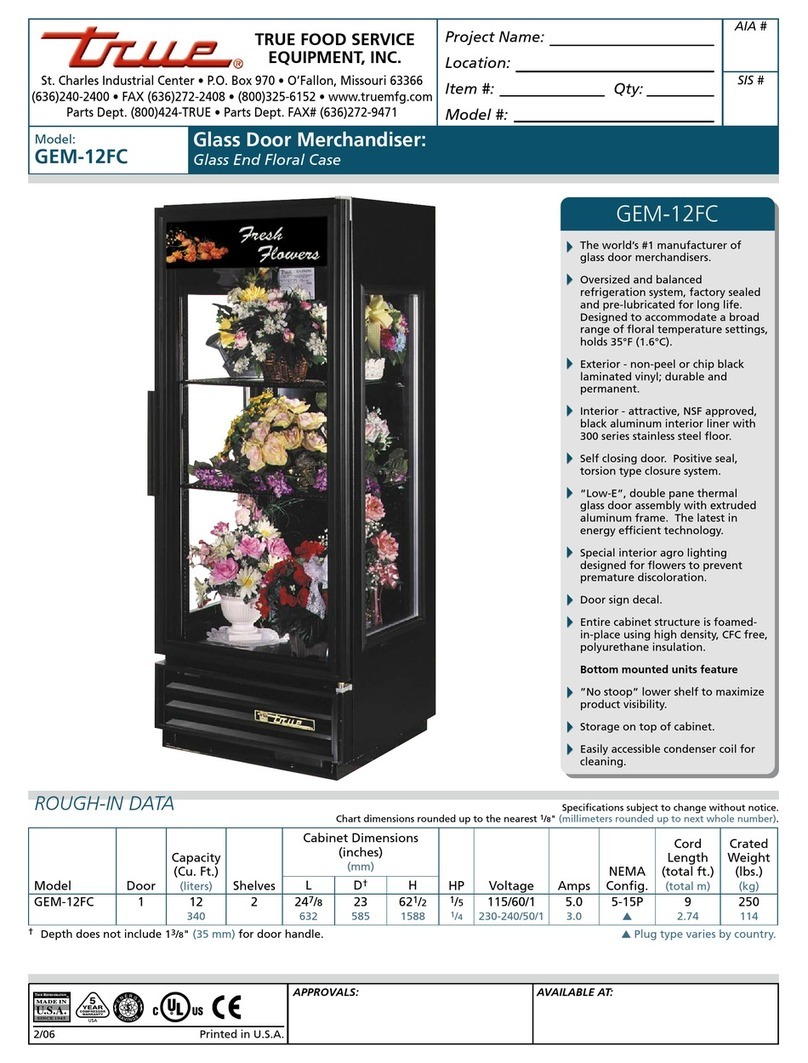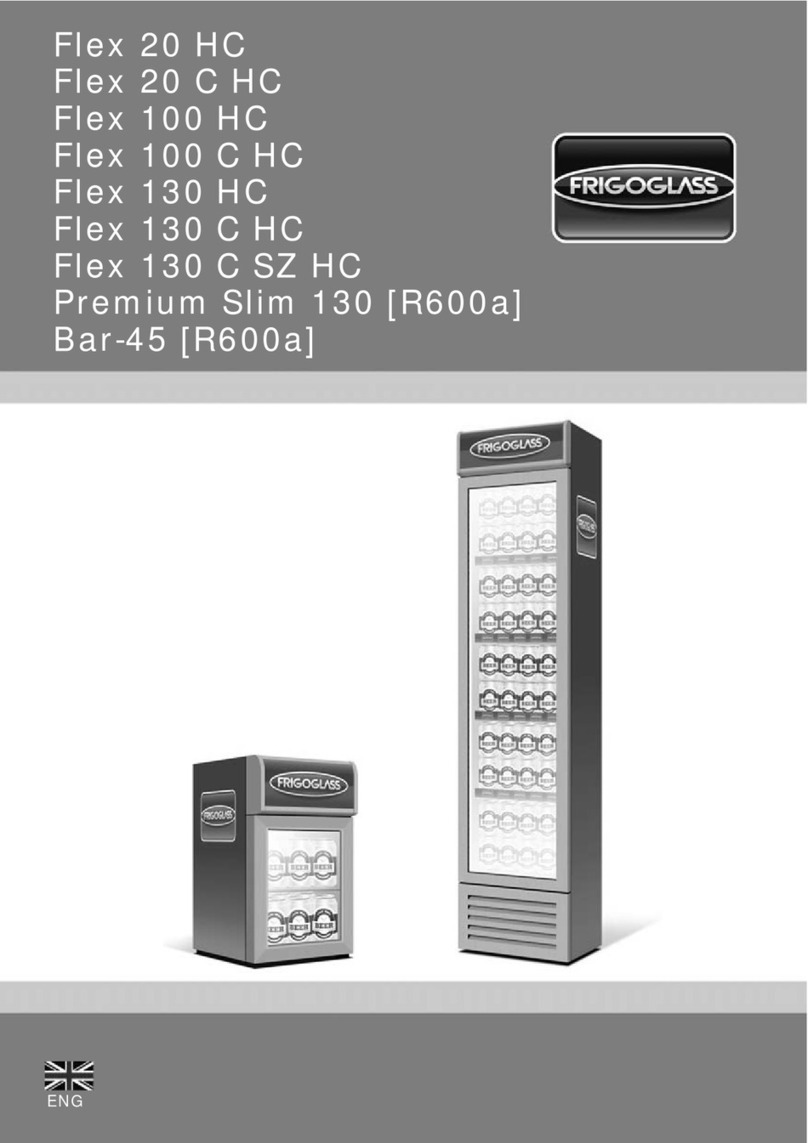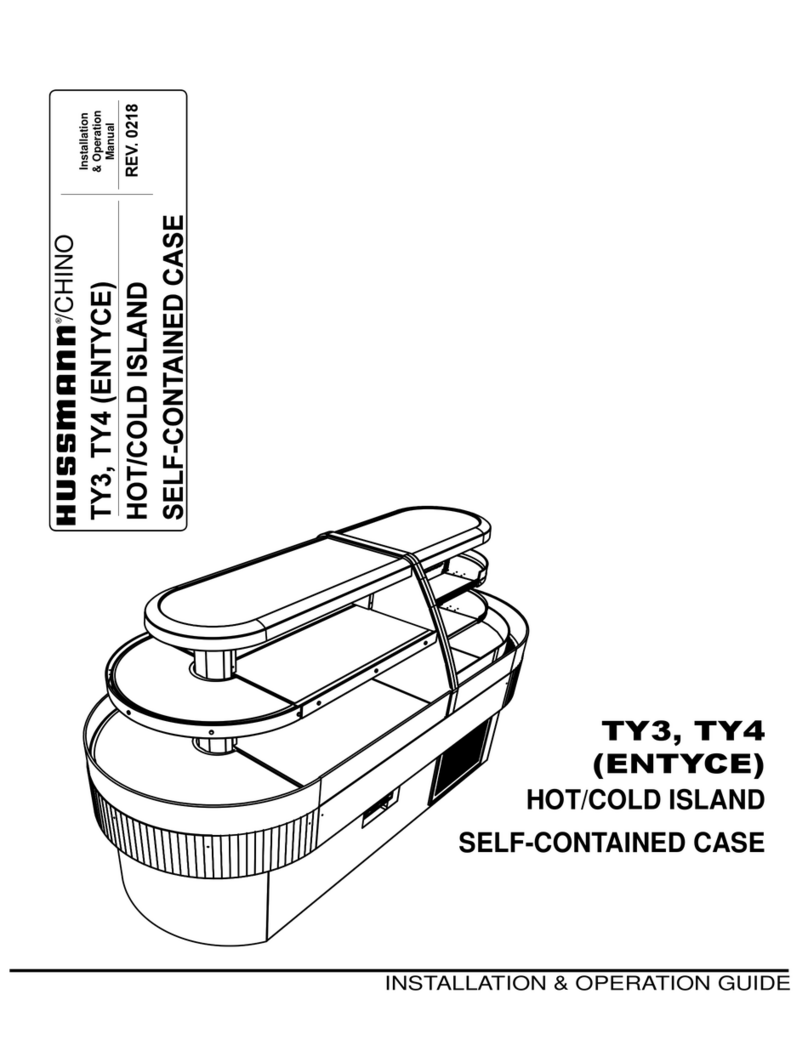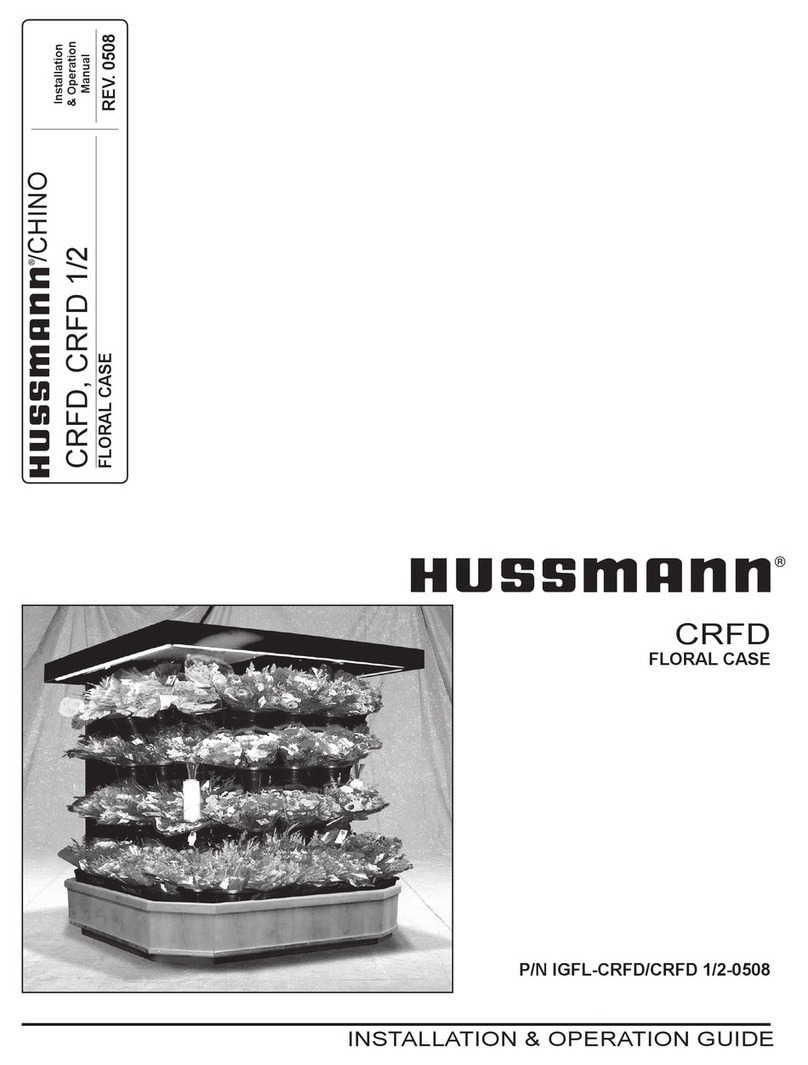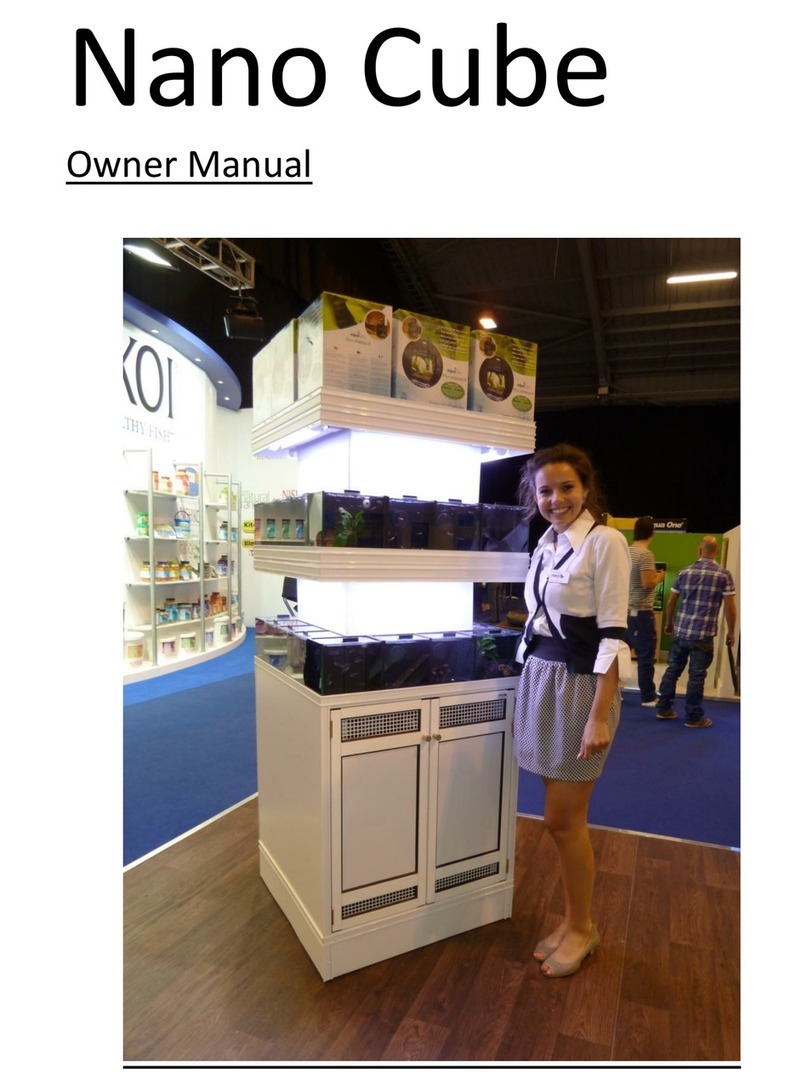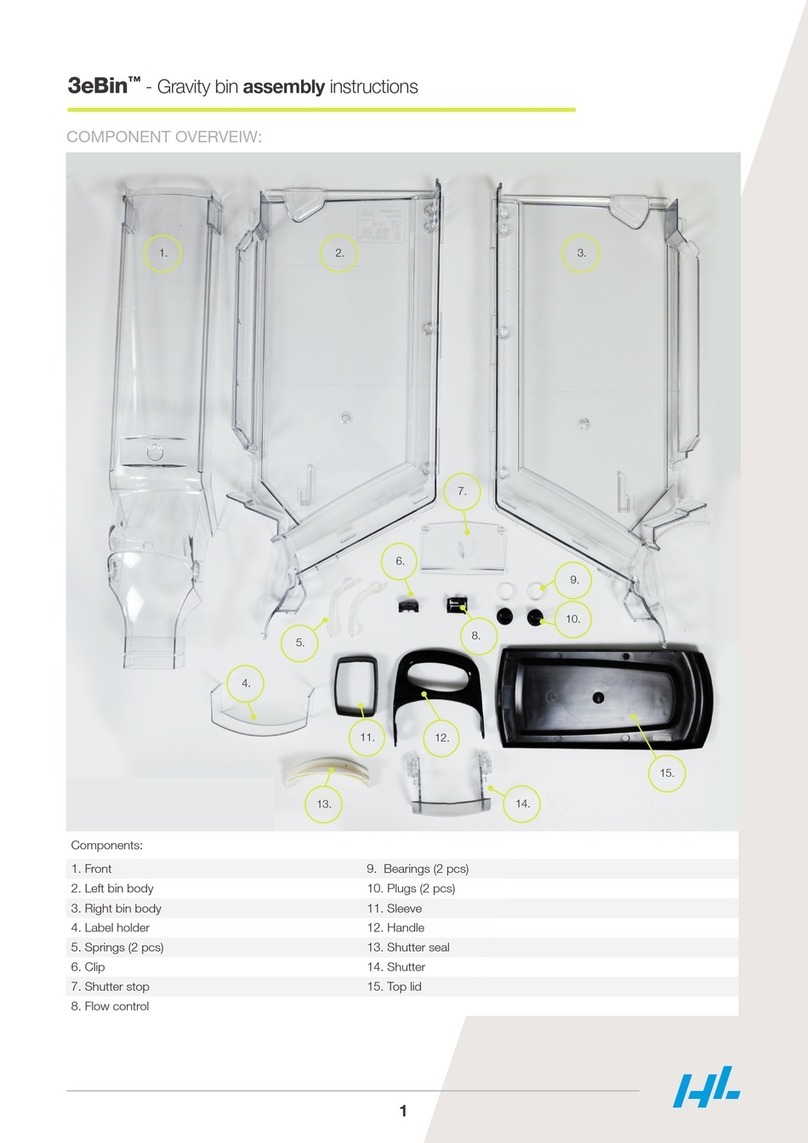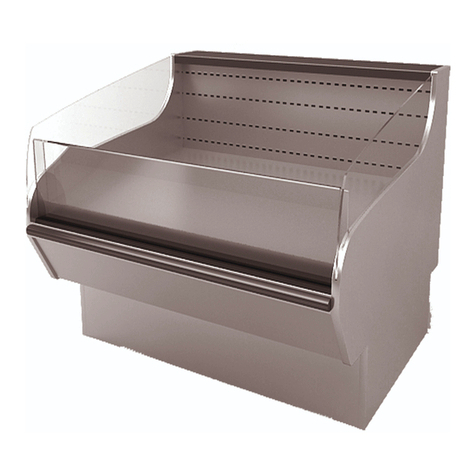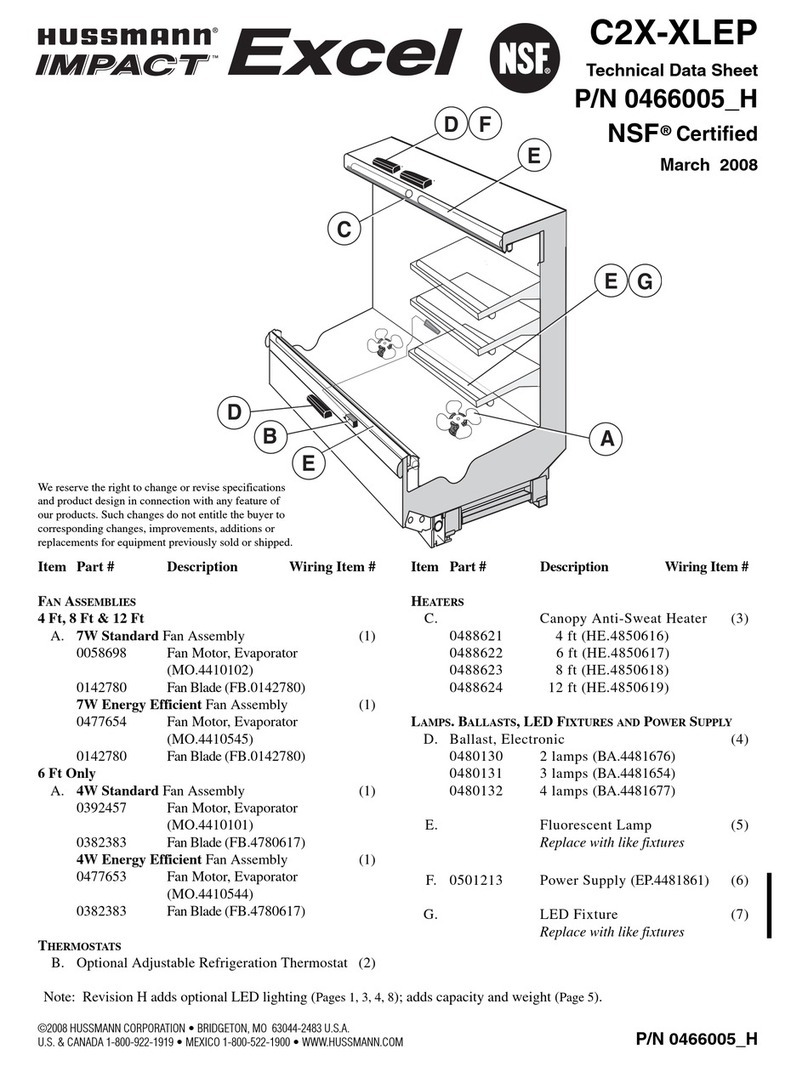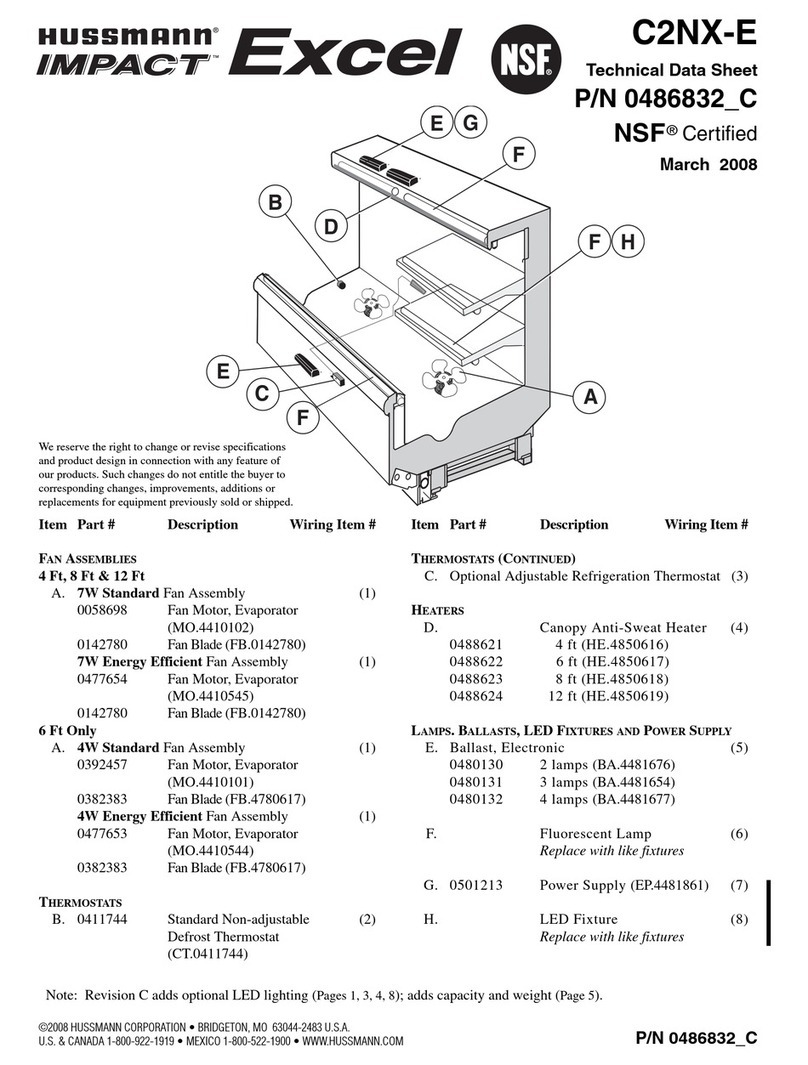
2
TRUE
full length merchandisers www.truemfg.com
RISK OF CHILD
ENTRAPMENT
PROPER DISPOSAL OF THE REFRIGERATOR
Child entrapment and suffocation are not problems of the past.
Junked or abandoned refrigerators are still dangerous… even if they
will sit for “just a few days.” If you are getting rid of your old refrigera-
tor, please follow the instructions below to help prevent accidents.
BEFORE YOU THROW AWAY YOUR OLD
REFRIGERATOR OR FREEZER:
• Take off the doors.
• Leave the shelves in place so that children may not easily climb
inside.
APPLIANCE DISPOSAL
When recycling appliance please make sure that the refrigerants are
handled according to local and national codes, requirements and
regulations.
REFRIGERANT DISPOSAL
Your old refrigerator may have a cooling system that uses “Ozone
Depleting” chemicals. If you are throwing away your old refrigerator,
make sure the refrigerant is removed for proper disposal by a quali-
fied service technician. If you intentionally release any refrigerants you
can be subject to fines and imprisonment under provisions of the
environmental regulations.
USE OF EXTENSION CORDS
NEVER USE AN EXTENSION CORD! TRUE will not war-
ranty any refrigerator that has been connected to an extension cord.
REPLACEMENT PARTS
• Component parts shall be replaced with like components.
• Servicing shall be done by authorized service personnel, to
minimize the risk of possible ignition due to incorrect parts or
improper service.
• Lamps must be replaced by identical lamps only.
• If the supply cord is damaged, it must be replaced by a special
cord or assembly available from the manufacturer or its service
agent.
HOW TO CONNECT ELECTRICITY
DO NOT, UNDER ANY CIRCUMSTANCES, CUT OR
REMOVE THE GROUND PRONG FROM THE POWER
CORD. FOR PERSONAL SAFETY, THIS APPLIANCE
MUST BE PROPERLY GROUNDED.
The power cord from this appliance is equipped with a grounding
plug which minimizes the possibility of electric shock hazard.
Have the wall outlet and circuit checked by a qualified electrician to
make sure the outlet is properly grounded.
If the outlet is a standard 2-prong outlet, it is your personal respon-
sibility and obligation to have it replaced with the properly grounded
wall outlet.
The refrigerator should always be plugged into it’s own individual
electrical circuit, which has a voltage rating that matches the rating
plate.
This provides the best performance and also prevents overloading
building wiring circuits which could cause a fire hazard from over-
heated wires.
Never unplug your refrigerator by pulling on the power cord. Always
grip plug firmly and pull straight out from the outlet.
Repair or replace immediately all power cords that have become
frayed or otherwise damaged. Do not use a cord that shows cracks
or abrasion damage along its length or at either end.
When removing the refrigerator away from the wall, be careful not
to roll over or damage the power cord.
If supply power cord is damaged it should be replaced with original
equipment manufacture parts. To avoid hazard this should be done
by a qualified service technician.
USE OF ADAPTER PLUGS
NEVER USE AN ADAPTER PLUG! Because of potential safety
hazards under certain conditions, we strongly recommend against the
use of an adapter plug.
The incoming power source to the cabinet including any adapters
used must have the adequate power available and must be properly
grounded. Only adapters listed with UL should be used.
NORTH AMERICA USE ONLY!
NEMA plugs
TRUE uses these types of plugs. If you do not have the right outlet
have a certified electrician install the correct power source.
NOTE: International plug configurations vary by voltage and country.
115/60/1
NEMA-5-15R
115/208-230/1
NEMA-14-20R
115/60/1
NEMA-5-20R
NEMA-6-15R
WARNING!DANGER!
